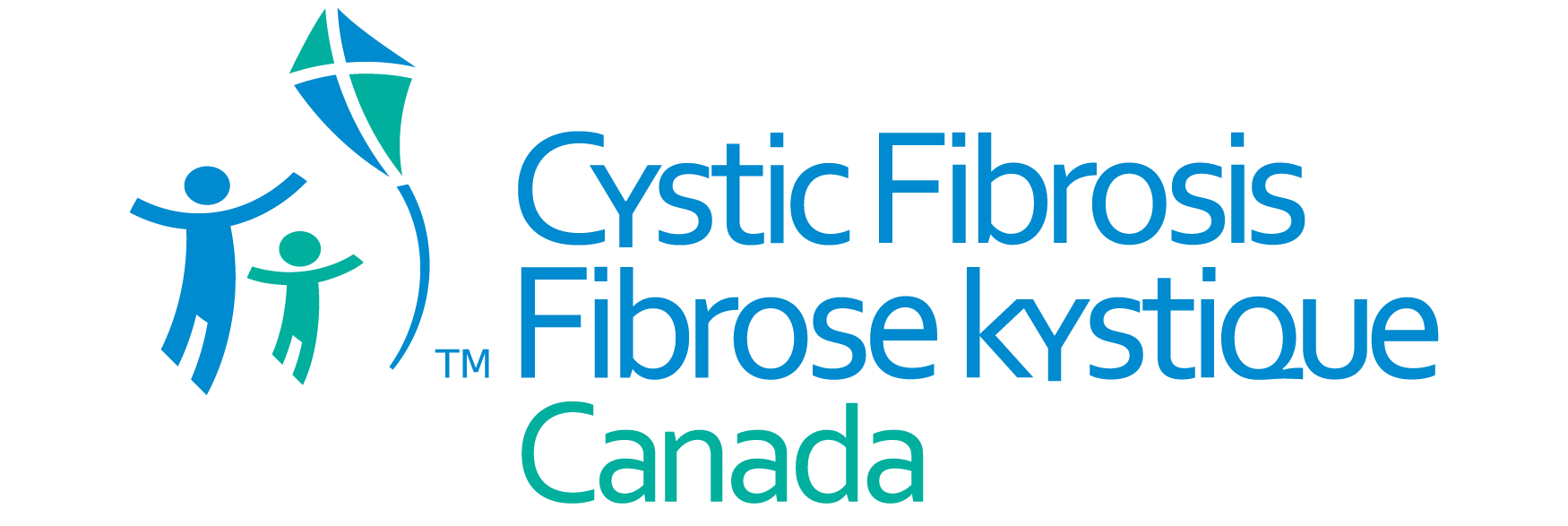Highly Effective Modulators
CF Modulator therapies, like Trikafta, have been a game changer for cystic fibrosis treatment. We’ve compiled some information about the different types of CFTR modulator therapies available today.

What are CFTR modulators and how do they work?
Cystic fibrosis transmembrane conductance regulator (CFTR) modulator therapies work to correct the malfunctioning protein made by the CFTR gene. There are a few different CFTR modulators available that target specific mutations.
In people with CF, mutations in the CFTR gene result in either a defective protein being produced or no protein at all. The CFTR protein regulates the proper flow of water and chloride in and out of cells lining the lungs and other organs. A defect in this protein results in a buildup of thick, sticky mucus, which can lead to infections in the lungs and damage to the pancreas. It can also lead to problems in other parts of the body. CFTR modulator therapies, such as Trikafta, are designed to help the malfunctioning protein work better.
Cystic Fibrosis Canada is currently advocating for access to CF modulator therapies for all who can benefit, including people with responsive rare CF mutations.

What modulators are available?
There are four CFTR modulators approved for sale in Canada. Three of these – Kalydeco, Orkambi and Trikafta - are publicly funded, some with restrictions. One modulator - Symdeko – is only available through some private insurance plans.
Kalydeco
Kalydeco (ivacaftor) is the first-generation modulator, treating between 4-5% of the Canadian cystic fibrosis population. Kalydeco is approved for treatment of cystic fibrosis for those 2 months of age and older who have one of the following mutations: G551D, G1244E, G1349D, G178R, G551S, S1251N, S1255P, S549N, S549R, or R117H. Kalydeco is available through some public and private drug plans, in some cases only for certain mutations. In other countries the list of mutations approved for Kalydeco is different. For example, in the United States Kalydeco is approved for use in people with any of 97 different CF mutations. All mutations approved for Kalydeco in Canada have also been shown to respond to Trikafta, but that drug is not yet approved to treat these mutations in Canada.
Orkambi and Symdeko
Orkambi (lumacaftor and ivacaftor) and Symdeko (tezacaftor and ivacaftor) are second-generation modulators. Orkambi can treat the approximately 50% of the Canadian cystic fibrosis population that carry two copies of the most common CF mutation (F508del) and is approved by Health Canada for use in people age 1+. Orkambi is funded by some public and private drug programs with limitations. Health Canada has approved Symdeko for people age 12+ with two copies of the F508del mutation, or one copy of F508del and one copy of any of the following mutations: P67L, D110H, R117C, L206W, R352Q, A455E, D579G, 711+3A→G, S945L, S977F, R1070W, D1152H, 2789+5G→A, 3272-26A→G, and 3849+10kbC→T. No public drug plans fund Symdeko, but some private drug programs do. People over the age of 2 who are indicated for Orkambi and Symdeko are also indicated for Trikafta. Those 1-2 years of age on Orkambi may transition to the more effective Trikafta once they reach 2 years of age.
Trikafta
Trikafta (elexacaftor, tezacaftor and ivacaftor) is a third-generation modulator and is approved by Health Canada for the approximately 90% of the Canadian cystic fibrosis population over the age of 2 who have at least one copy of F508del mutation.
Currently Trikafta is funded through all of Canada’s provincial, territorial and federal public drug programs for those aged six and older with at least one F508del mutation, and is becoming available in some jurisdictions for the 2 to 5-year-old age group.
Trikafta is a triple combination therapy, adding elexacaftor to tezacaftor and ivacaftor to target CFTR protein defects caused by the F508del mutation or another mutation responsive to the drug. Canadian research published in the Journal of Cystic Fibrosis demonstrates that access to Trikafta in 2021 would result in profound health benefits for Canadians living with cystic fibrosis. By 2030, Trikafta could reduce the number of people living with severe lung disease by 60% and reduce the number of deaths by 15%.
The findings show a significantly slower disease progression with an 18% increase in people with mild lung disease and 19% fewer hospitalizations or home intravenous antibiotics for pulmonary exacerbations. The estimated median age of survival for a child born with cystic fibrosis would increase by 9.2 years. Read more about this research.

